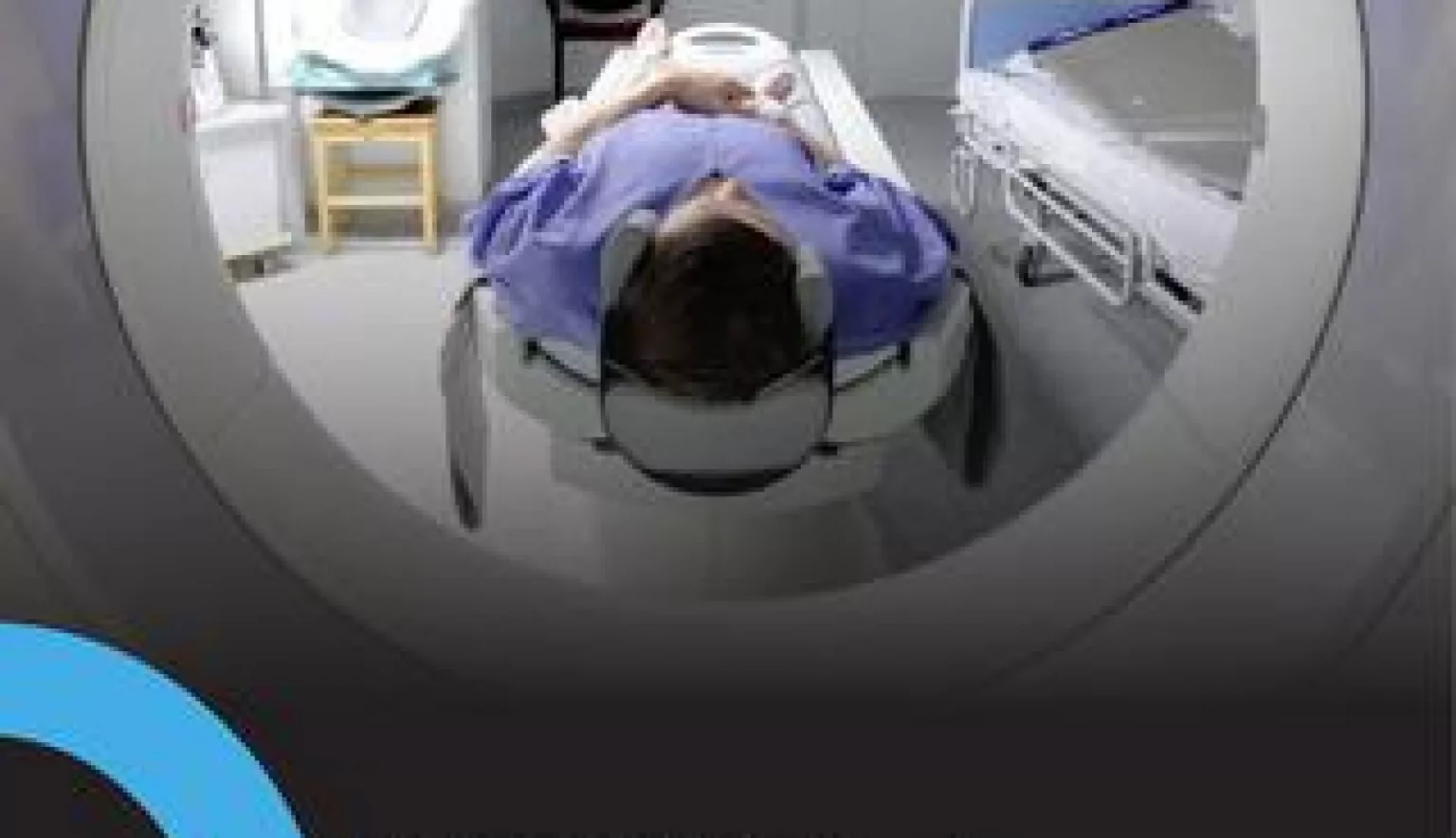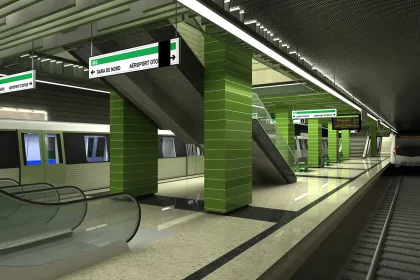Pärnu County has seen the rise of its primary healthcare centre over the past two decades, and can now boast one of the most significant hospitals in Estonia, Foundation Pärnu Hospital.
A CORNERSTONE FOR HEALTHCARE
Pärnu Hospital has realised the development goal it set for itself at the end of the previous millennia to become an important centre of competence in the network of Estonian healthcare, as a regionally liable central hospital.
Responsible for providing high quality and round-the clock assistance to all those in need, the Hospital achieves its obligations through a team of 1,297 qualified, motivated and collaboratively oriented people; incorporating doctors, nurses, care workers, healthcare associates and support workers.
The rise of Pärnu Hospital is a success story significant beyond the individual successes seen daily within the institution though, as Chief Executive Officer, Urmas Sule explains: “Hospitals with national significance and strategic goals must ensure the availability of quality medical assistance, 24-seven, to everyone in need, and have been established pursuant to a resolution of the Government.
“Foundation Pärnu Hospital fulfils the role of a central hospital with regional liability in the West and South-West Estonian region.”
COMPREHENSIVE HEALTHCARE
Over the past two decades, the Hospital has strived to introduce a work culture arising from the needs of the patient; a development which has only been able to manifest in parallel to the necessary infrastructural changes that have also occurred.
That period of development and construction is now completed however, and Pärnu Hospital is now capitalising on the opportunities created for it to translate its vast potential into a more comprehensive range of care for its patients.
“Pärnu Hospital has developed a technological basis for providing contemporary active treatment in 31 fields and the best opportunities for offering nursing-care service in Estonia,” Sule notes. “There are a total of eight ambulance brigades, while the Hospital also includes a blood bank; the objective of which is to promote blood donation and to ensure round-the-clock availability of blood components
“This enables offering-integrated services for ambulatory, stationary, acute and chronic psychiatry patients with unstable remission; patients suffering from depression and anxiety; and day care patients.
“At the same time, the Hospital also offers psychological support, activity therapy and rehabilitation, and accommodation services; combining these, in turn, with somatic active treatment, rehabilitation and various social services.”
Parallel to the new construction, the surgery unit also now hosts a hybrid surgery theatre equipped with a universal angiographic device, while, as of 2013, the Hospital has introduced radiological procedures on peripheral vessels and expanded tests and procedures, assisted by X-ray technology in the conditions of the surgery theatre.
Sule continues: “In August of last year, a cooperation agreement was also entered into with the North Estonia Medical Centre (PERH) for providing chemotherapy treatments in Pärnu Hospital.
“Actual work began in October and the objective of the project is to relieve the physically and psychologically difficult treatment process for patients and their loved ones by bringing the high-quality treatment as close to the residence of the patients as possible.”
As a result of these internal developments and the continuous drive towards making the experience as comforting and conducive to recovery as possible, the number of procedures that can now take place across the board has increased dramatically, making the Hospital an all-encompassing site for treatment within the region.
THE REVOLUTION
The current situation has not always been enjoyed by the Hospital, with the Pärnu Hospital of today a far cry from that of the mid-1990s, as Sule recalls: “In the mid-1990s, Pärnu Hospital worked with two stationary units housed in depreciated buildings, which included more than 500 beds.
“At the same time, accommodating patients was a big problem. The rest of the healthcare field, including the polyclinic system, was fractured and separate from the Hospital. This caused a lot of unhealthy tension between people and institutions, and it was, of course, a cause for a massive amount of duplication and unhealthy competition.
“There was no functional cooperation network. In a way, it was a revolutionary situation, in which people no longer could, nor wanted, to continue working the same way.
“By the start of 1994, it was clear in Pärnu that the situation could no longer continue as it had done. Pärnu Hospital faced two options: either develop into an active teaching hospital at the level of the republic or disappear as a long-term care nursing hospital.”
With the former option chosen, and in cooperation with the Ministry of Social Affairs and the World Bank, the new development plan for the Hospital was put into place, and following an extensive and construction phase, the new building was put into commission at the start of 2005.
Sule adds: “In 2008, the Hospital began realising the second stage of its development plan, the concept of two health campuses. As a result, the whole special medical care unit together with rehabilitation and psychiatry moved into the building complex, and a contemporary centre for nursing-care services was established in the former internal disease hospital.”
COLLABORATIVE DEVELOPMENT
Seven years on and Pärnu Hospital is reaping the rewards of this 20-plus year project, and is now in a prime position to aid the general state of healthcare in the region through numerous, strategic corporate social responsibility and collaborative industry initiatives.
As recently as September 2014, the ‘School in Hospital’ project was launched, providing numerous sites for basic nursing training at Tallinn Health Care College, Pärnu Hospital, the Estonian Association of Nurses, and Pärnu College of the University of Tartu.
More than 30 nursing students have already begun their training within Pärnu Hospital itself, while new contemporary health campuses have complemented the Hospital in meeting the growing expectations of people in Estonia when it comes to healthcare standards.
This includes a contribution towards monitoring treatment strategies of cancer, vascular disease and preventable fatalities, as well as helping to provide legal protection of persons receiving psychiatric treatment.
“The future of developing medical services is in a more comprehensive cooperation between medical institutions with clear roles,” Sule explains. “Pärnu Hospital has not and is not planning to compete with specialised hospitals in developing new technologies and treatment methods.
“Our position in dealing with complex surgeries and treatment processes is a joint performance together with medical institutions who are experts in the field. By acting in such a way, we have been able to effectively engage specialists with narrow fields of expertise together with the so-called export of training-development between medical institutions.”
Pärnu Hospital’s cooperation model does not rely solely on the partnership between hospitals but also comprises the development of electronic data exchanges and e-services to adhere to its commitment towards continuous treatment and patient-friendliness.
PERSONNEL DEVELOPMENT
Moving forward and Pärnu Hospital’s next stage of development largely revolves around investments into human resources and skills development; both within the institution itself and across the wider healthcare sector in Estonia.
“Motivated, qualified and development-oriented employees who value cooperation and human relationships are the best resource that the Hospital has,” Sule says. “The personnel policy of Pärnu Hospital includes contributing to the development of employees for the performance of the Hospital’s goals towards required professionals and associated knowledge and skills.
“As a result of which, the knowledge, skills and attitudes necessary for effectively performing one’s duties improve. This means that training and developing people is a very important activity for the Hospital.”
Improving the internal structures available to this skills development has been a core focus within Pärnu in recent years, and 70 percent of the total number of training sessions organised now take place within the confines of the Hospital. In total, as of 2013, Pärnu Hospital recorded 5,247 training sessions, of which 3,851 were in-house.
These sessions incorporate weekly conferences for doctors introducing new treatments; monthly training for nurses; weekly vocational training in affiliation with leading institutions; IT training; communication and services training; and safety and hygiene awareness courses for all healthcare employees working on site.
Maintaining an insular, wholesome approach to the Hospital’s ongoing progression has been pivotal to Pärnu’s subsequent success, and this is epitomised by the fact that 90 percent of all employees live in either Pärnu City or Pärnu County.
With ongoing efforts to improving the final 10 percent in the form of overseas hiring initiatives, Pärnu Hospital is well on its way to achieving its personnel goals, adding the final piece to a jigsaw which has been constructed, honed and optimised over the past two decades.


































